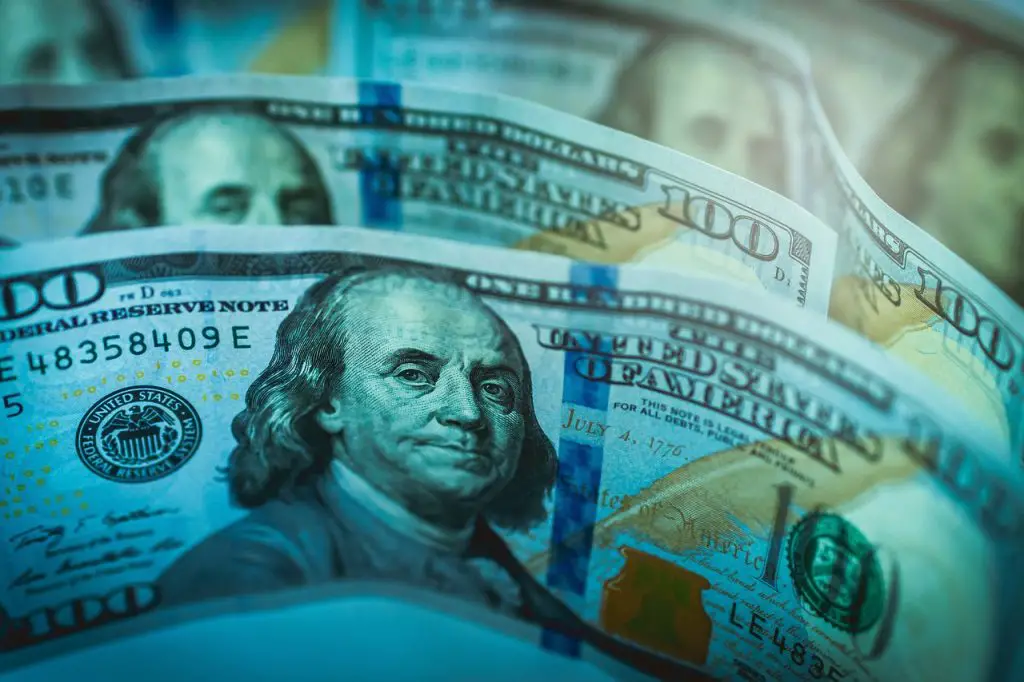Decentralized applications (dApps) are revolutionizing the digital landscape by offering innovative solutions and services built on blockchain technology. As a developer, understanding how to monetize your dApps is crucial for sustainability and growth. In this comprehensive guide, we will explore ten ways to monetize with your dApps, covering various business models and revenue streams.
I. Tokenization
Create a Native Token
One of the most popular ways to monetize your dApp is by creating a native token, which can be used as a medium of exchange within your platform. Users can purchase tokens using cryptocurrencies or fiat currencies, and then use these tokens to access services, features, or assets within your dApp. The demand for your token will grow as more users join your platform, potentially increasing its value and generating revenue for your business.
Offer Token Staking and Rewards
By implementing a staking mechanism for your native token, you can incentivize users to hold and stake their tokens, which can increase token demand and provide a passive income source for users. Staking rewards can be in the form of newly minted tokens, fees generated within the platform, or other benefits. This model can help maintain a stable token price while promoting user engagement and loyalty.
Token Sales and Initial Coin Offerings (ICOs)
Conducting a token sale or an initial coin offering (ICO) is another way to raise capital for your dApp. During an ICO, you can sell a portion of your native tokens to early investors, who can then use these tokens within your platform or trade them on secondary markets. Successful ICOs can generate significant funds for your project while creating a strong community of supporters.
II. Paid Services and Features
Premium Access and Subscriptions
Offering premium access or subscription plans is a common monetization strategy for dApps. Users can pay a recurring fee to unlock additional features, enhanced performance, or exclusive content within your platform. This model can generate consistent revenue while encouraging user retention and engagement.
Pay-Per-Use and Microtransactions
Implementing a pay-per-use or microtransaction model allows users to pay only for the specific services or features they consume within your dApp. This can be particularly effective for platforms that offer a wide range of services, such as gaming or content creation dApps. By providing flexible and affordable payment options, you can cater to a diverse user base and encourage frequent usage.
III. Advertising and Sponsorships
In-App Advertising
Displaying advertisements within your dApp can be an effective way to generate passive revenue. You can partner with advertisers and display their content to your users in exchange for a fee. Depending on your platform’s user base and engagement levels, in-app advertising can be a lucrative revenue stream.
Sponsored Content and Partnerships
Collaborating with brands and businesses to create sponsored content or partnerships can be another way to monetize your dApp. This may involve promoting a specific product or service within your platform, integrating a brand’s assets or technology, or co-creating content with your partners. Sponsored content and partnerships can drive substantial revenue while adding value to your platform and expanding your network.
IV. NFTs and Digital Assets
Create and Sell Non-Fungible Tokens (NFTs)
Non-fungible tokens (NFTs) represent unique digital assets, such as art, collectibles, and virtual goods, that can be bought, sold, and traded within your dApp. By creating and selling NFTs related to your platform, you can generate revenue and establish a vibrant marketplace for your users. NFTs can also be used as in-app rewards or incentives, adding another layer of engagement to your platform.
NFT Royalties and Secondary Market Sales
Implementing a royalty system for NFTs sold within your dApp can create an ongoing revenue stream. When an NFT is resold on the secondary market, you can collect a percentage of the sale as a royalty fee. This model not only rewards creators and developers but also incentivizes users to actively trade and invest in NFTs within your platform.
Virtual Land and Property Sales
In virtual worlds and metaverse platforms, selling virtual land and property can be a significant source of revenue. Users can purchase and develop virtual real estate within your dApp, creating a dynamic and engaging ecosystem. Virtual land and property sales can generate substantial income, particularly as your platform grows and the demand for virtual space increases.
Conclusion
Monetizing your dApps is essential for the sustainability and growth of your project. By exploring various revenue models and strategies, you can maximize your earning potential and create a thriving ecosystem for your users. Whether you choose to implement tokenization, paid services, advertising, NFTs, or a combination of these models, understanding your target audience and tailoring your monetization strategy to their needs will be key to your success. Stay adaptable, monitor market trends, and be willing to evolve your monetization strategy as the blockchain and dApp landscape continues to grow and change.






